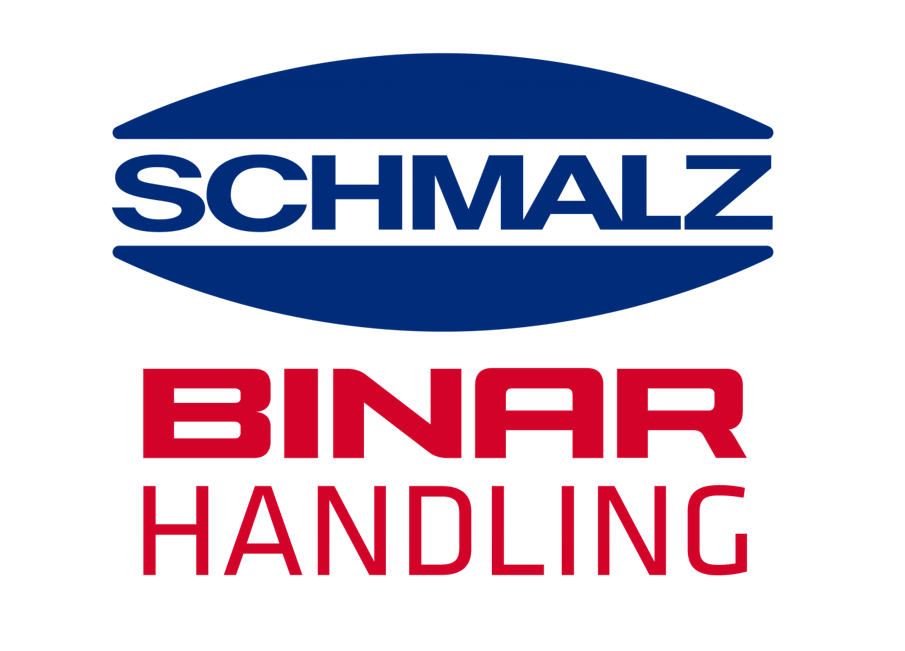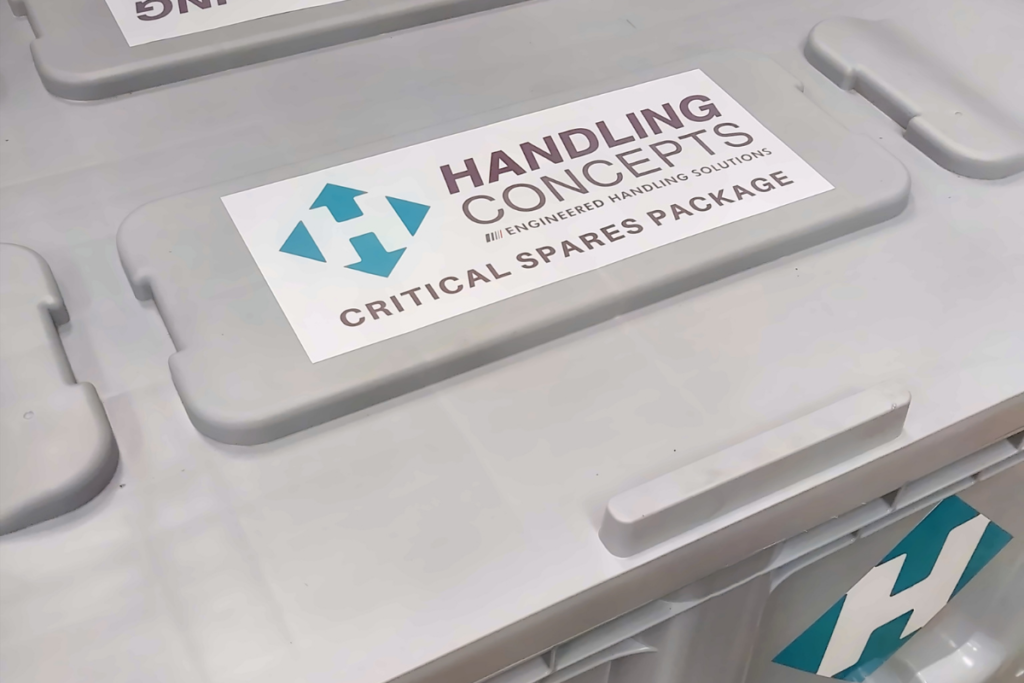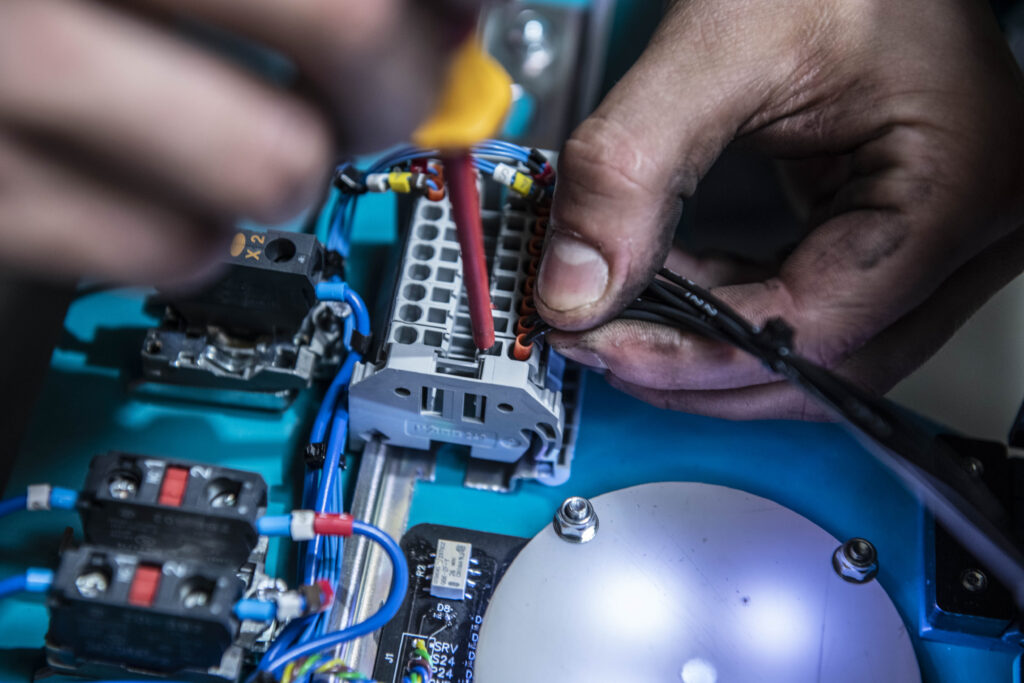What are the 5 Main Injuries Resulting from Manual Handling?

Lifting, carrying, pushing, and operating machinery are just some activities that come under the term manual handling. In most manufacturing industries, manual handling is a regular action taken by workers, so it is no surprise that poor manual handling techniques account for over a third of all workplace injuries.
The list of potential injuries from incorrect manual handling will vary in every workplace. Handling Concepts looks at the five most common injuries and how to avoid them.
1. Back Injuries
39% of musculoskeletal disorders reported in 2020 to 2021, according to the Health and Safety Executive (HSE) were related to the back. Whilst this type of injury may be caused by many types of activities, lifting, or pulling a heavy load incorrectly is very common. Many people regard back pain as a minor injury, but if left unchecked or if the action that caused the injury is continued, it could develop into chronic condition and limit an individual’s quality of life and ability to work.
2. Musculoskeletal Disorders
28% of work-related ill health recorded by HSE in 2020 to 2021 were musculoskeletal disorders. These are injuries that affect joints, bones, and muscles. They are often caused over time and are exacerbated by repetitive heavy lifting and other manual handling tasks. Sufferers often feel pain in their arms and neck. The lower limbs and back are also common areas for concern. According to the NHS, a staggering 10.8 million workdays are lost each year because of these types of injury.
3. Strains and Sprains
Repetitive tasks and human error are often the cause of strains and sprains. These injuries occur when the soft tissue in and around the joints is overstretched or torn. Applications such as palletising may not involve lifting heavy loads, but it is highly repetitive and can be carried out for long lengths of time. The simple action of bending or twisting can be enough to cause an injury, so should be considered.
4. Hernias
A hernia occurs when an internal part of the body is pushed through a weakness in the muscle or surrounding tissue wall. There are several types of hernia that are often caused when straining to lift a heavy load. They can cause severe discomfort and pain and the risk increases as the worker gets older.
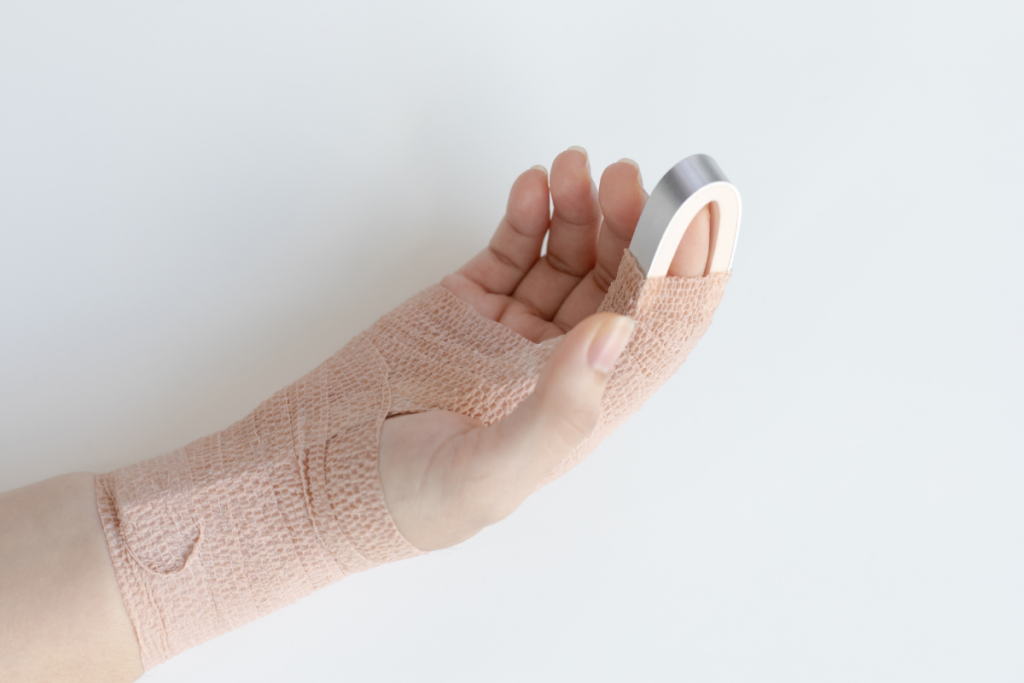
5. Hand and Foot Injuries
Almost all manual handling activities involve the use of your hands to lift or move a load, therefore the point of contact is where some of the most injuries can happen. Foot injuries are also common. If a heavy object is dropped, your feet are often positioned in the load’s path. Broken bones, bruising and popped sockets are common injuries for both hands and feet when incorrect manual handling techniques are used.
How to Avoid Injury
Employers have a legal responsibility to assess the risks of manual handling and implement health and safety measures to protect workers from harm. To avoid the injuries listed above, consider implementing some or all the following best practices:
- Staff Training – Ensuring that workers are provided with adequate training in safe manual handling techniques will help to minimise the risk of injury. Handling Concepts, employees are required to complete mandatory health and safety training in handling techniques for a variety of situations.
- Regular Breaks – If workers are required to perform strenuous tasks for long periods of time, make sure they have regular rest breaks and are using appropriate equipment.
- Task Rotation – Rotating your workers through different activities regularly will reduce the impact that repetitive tasks can have on the body.
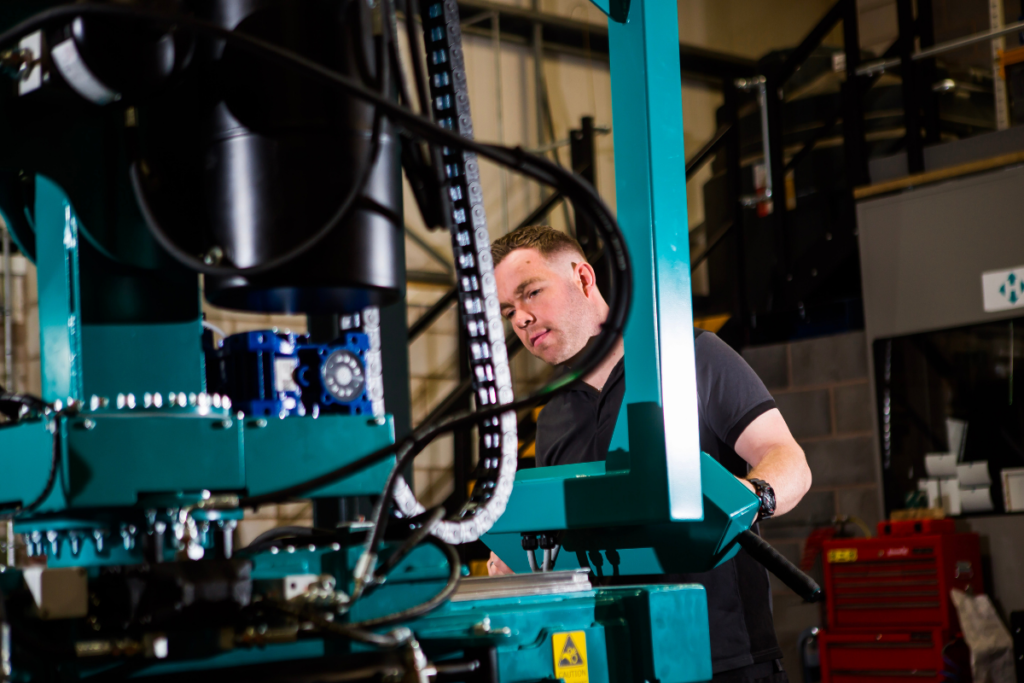
Eliminating The Cause of Injury
By adopting the measures listed above, you will be taking steps to protect your staff, but we must be aware that manual handling will always pose a risk. In an ideal world, you would avoid manual handling from your production process. This can be achieved by investing in materials handling equipment.
Materials handling equipment facilitates the raising, lowering, rotating, and manoeuvring of your components and products in a variety of ways. Popular pieces of equipment include industrial manipulators, vacuum lifters, and cranes. They are all designed to remove the burden of manual handling from your workers to improve safety and increase production efficiencies. Investing in materials handling equipment could eliminate injuries caused by incorrect manual handling and reduce the cost that those injuries can have on your business.
If you are concerned about the days lost resulting from injury related absence or are looking for ways to improve worker health and safety, talk to a leading materials handling equipment supplier like Handling Concepts.
With over 25 years’ experience, you can rely on Handling Concepts to help you find the best solution to your manual handling headache. To start your journey, contact Handling Concepts today by clicking the link below.

